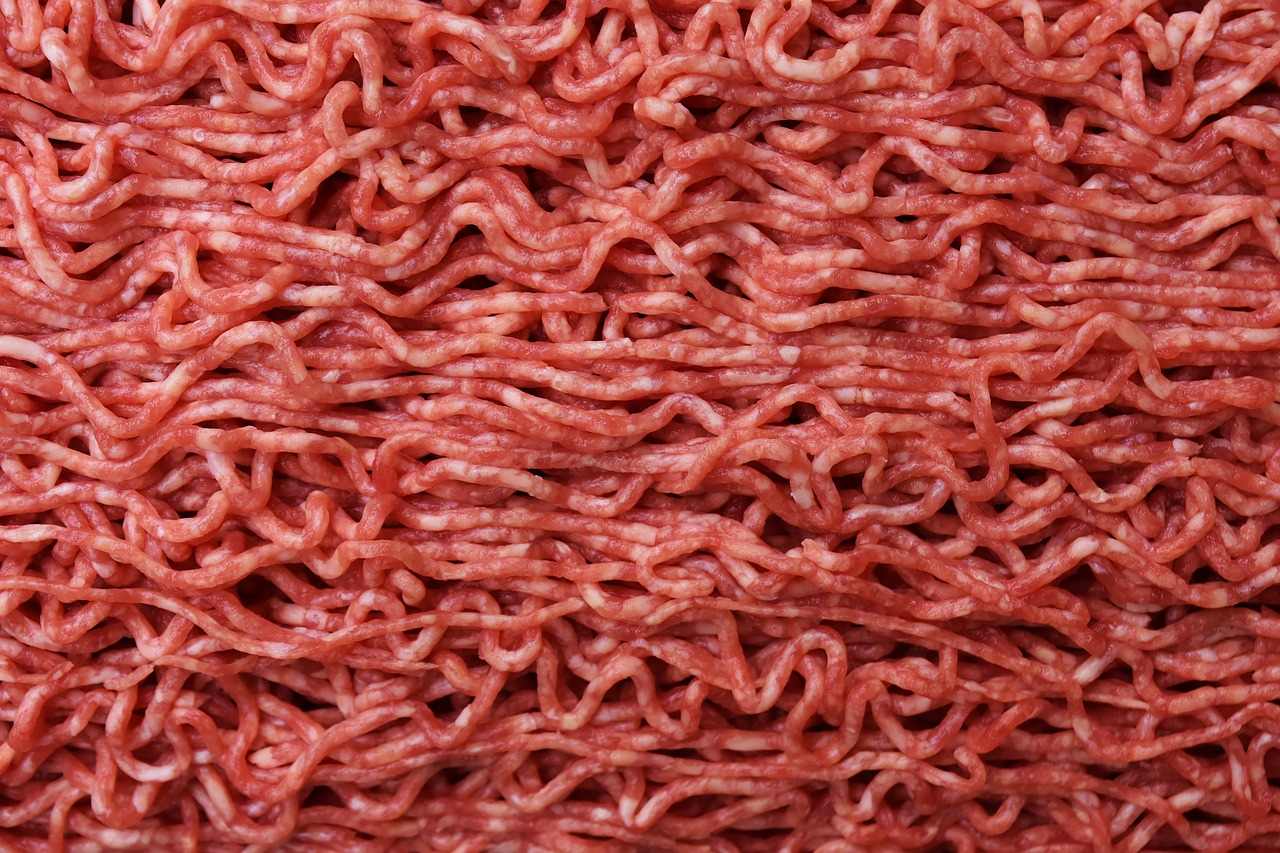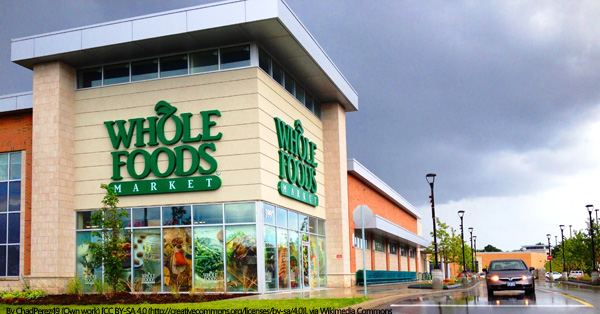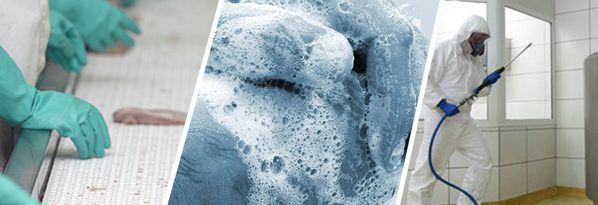A trailblazing computer program out of Cornell University could aid food safety professionals in ridding production facilities of dangerous foodborne pathogens.
The computer model, Environmental Monitoring with an Agent-Based Model of Listeria, EnABLe, simulate the most likely areas in a processing facility where deadly food-borne pathogen Listeria monocytogenes (Lm) might be found. As a result, food safety expert can test those locations for the bacteria’s presence to prevent food contamination.
According to the Centers for Disease Control and Prevention, Lm has caused 23,000 illnesses and 5,500 deaths globally and infects 1,600 consumers in the US annually, resulting in one in five deaths.
The program, which is described in the January 24 issue of Nature Scientific Reports, has the potential to be modified for a variety of microbes and locations.
“The goal is to build a decision-support tool for control of any pathogen in any complex environment,” said Renata Ivanek, Cornell University associate professor in the Department of Population Medicine and Diagnostic Sciences and senior author of the paper. “While a single person could never keep track of all this information, EnABLe connects data and potential sources of Lm contamination with approaches for risk mitigation and management.”
The Frozen Food Foundation, a non-profit organization that supports scientific research, partly funded the Cornell University study. The organization is focused on better understanding how Lm enters frozen food facilities, with hopes this information could lead to developing specific food safety protocols.
“Lm is a challenge because of its ubiquity and ability to survive freezing temperatures. Cornell’s innovative work opens a new, predictive model for the frozen food industry to better understand and develop more robust food safety programs for detecting and minimizing the presence of Lm,” said Dr. Donna Garren, Frozen Food Foundation Executive Vice President.
The EnAble device is especially useful for the environmental monitoring of “Ready to Eat” (RDE) food items and cold food processing facilities because smoked salmon, deli meats, and frozen fruits used in smoothies do not undergo heat treatment in food manufacturing facilities. Furthermore, these products do not require any additional cooking before consumption, further creating a risk of Lm to be present in the food.
The environmental monitoring strategies used in the study can be applied to a variety of food processing facilities, such as frozen, RDE seafood and meat, as well as fresh produce.
“This is a novel tool to simulate and design food safety systems to trace Lm on equipment and food manufacturing facilities,” said Garren. “This research allows Lm to be traced in ways that haven’t been done before that will allow frozen food manufacturers to make science-based decisions when developing environmental monitoring programs and managing food safety risks in a complex environment.”
The computer program will help the food industry construct a safer environment for future processing facilities to avoid a dynamic that is prone to environmental risks. The study will also help assist scientists to develop more efficient Lm environmental monitoring software in the future.












Join or login to leave a comment
JOIN LOGIN